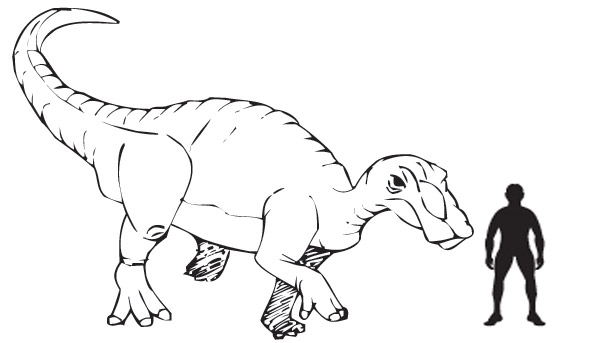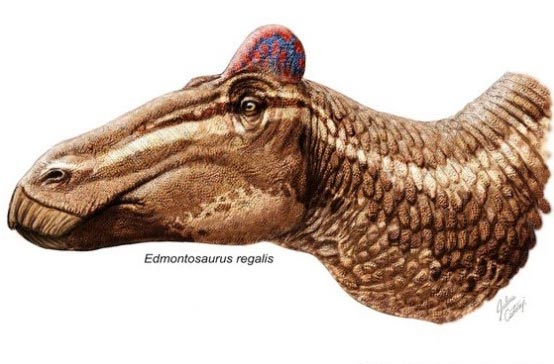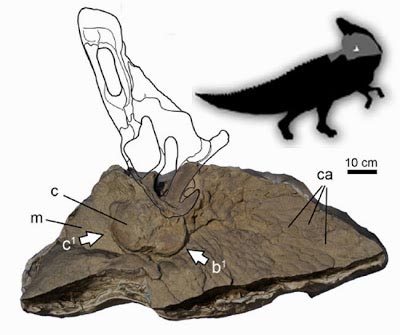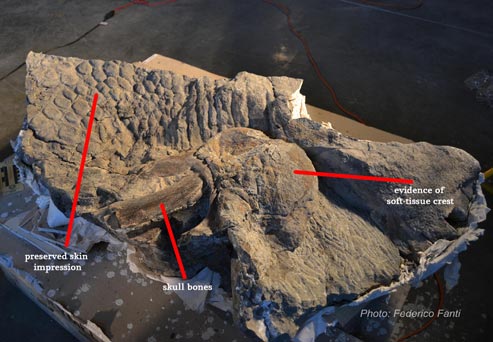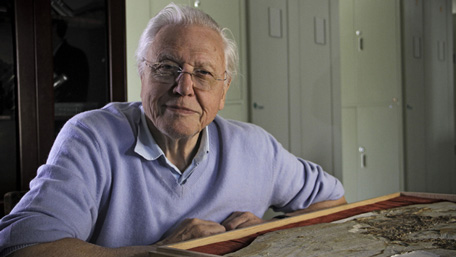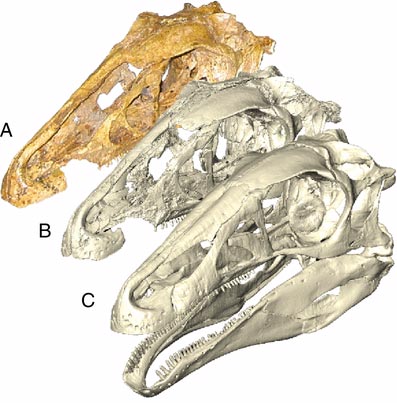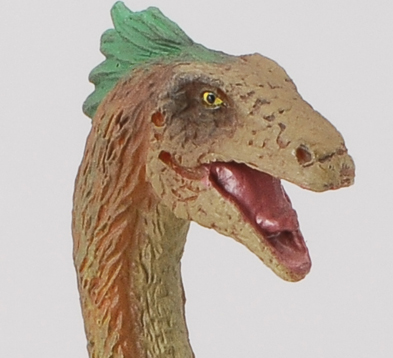Space Object Earth Impacts – Debris Could have Reached Other Planets and Moons
When discussing the demise of the Dinosauria and that mass extinction event that saw the end of the Mesozoic around 66 million years ago, most scientists accept that there was an extra-terrestrial impact which probably contributed to the extinctions. The Chicxulub impact, was certainly colossal, one event that would have caused immense devastation, but at the same time, such an impact could have helped spread life to other parts of our solar system.
Chicxulub Impact
The debris (known as ejector) hurled out into space from the huge explosion that occurred when the space object hit our planet, could have led to rocks from Earth landing on other planets and moons. Organisms such as bacteria and other forms of extremophiles are capable of surviving in very harsh environments, even those such as found in outer space (if protected adequately from the full intensity of the sun’s radiation).
Microbes and other bacteria could have survived the immensely long journey from Earth to distant parts of our solar system, to moons such as Europa, a frozen satellite of the gas giant Jupiter. Europa may have liquid water trapped beneath ice sheets thousands of metres thick. If such organisms survived, then they could have “seeded” other parts of the cosmos with life forms that originated on Earth.
Pennsylvania State University Study
This is the main finding from a study carried out by researchers at Pennsylvania State University (United States) into the possible implications of extra-terrestrial impacts. Ironically, what brings death and destruction to one environment may prove to be the catalyst to establishing life elsewhere in our solar system.
The idea that life from one part of outer space could seed life in another part has been around for a long time. It is called Panspermia, the concept that organisms can “hitch-hike” around the solar system on comets and debris from meteor strikes. Conversely, if life has existed elsewhere in our solar system, perhaps on Mars for example, then meteor strikes on Mars could have sent ejector towards Earth.
Any organisms sent out into space as a result of the collision, if they survived their journey of many millions of miles and if they also survived passing through our planet’s atmosphere; could then have contributed to or even established life on our planet. Odd to think it, but we could all be Martians, or at least part Martian as a result of this “space shooting gallery” as one of our colleagues calls it.
Rocks Big Enough to Support Life Ejected from Planet Earth
The scientists from Pennsylvania State University set about calculating how many rocks potentially big enough to harbour life securely on a space journey had been ejected beyond our atmosphere in the last 3.5 billion years. Why 3.5 billion years? Simple, it is now a consensus view that life was present on Earth at least 3.5 billion years ago. We may have been on an extremely slow fuse towards what is known as the Cambrian explosion, a time in our planet’s history equating to around 540 million years ago when preserved hard parts of organisms are found in abundance in the fossil record.
However, all the way back to 3.5 billion years ago, there was very probably types of archaic life and bacteria present. Such organisms could have found themselves travelling to Mars and other exotic destinations as a result of extra-terrestrial impacts.
Life-Bearing Rocks
The research team have concluded that many thousands of potentially life-bearing rocks may have made it to Mars, which may have had in the past a more hospitable environment than it does today. Arrivals having unwillingly landed on the Red planet, hundreds of millions of years ago, could well have survived and might even have flourished in their new home.
Lead author of the research, which has just been published in the academic journal “Astrobiology”, Rachel Worth stated:
“We find that rock capable of carrying life has likely transferred from both Earth and Mars to all of the terrestrial planets in the solar system and Jupiter. Any missions to search for life on Titan [a moon of Saturn] or the moons of Jupiter will have to consider whether biological material is of independent origin, or another branch in Earth’s family tree.”
Computer Modelling
A computer model was used to calculate the number of rocks bigger than three metres in size that had left the Earth’s atmosphere as a result of impact events. Why three metres in size? Simple, this is the minimum size the scientists think necessary to protect any travelling microbes from the Sun’s radiation on their extremely long journeys around the solar system. Journeys to the satellites of the gas giants of Jupiter and Saturn could take over ten million years it has been estimated.
The computer model mapped the number of likely impact events over the last 3.5 billion years, estimated the ejector and what proportion of the ejected material would have been at least three metres in size (think Nissan Micro sized). The next stage was to plot what happened to the rocks and other debris that was now in space.
A significant portion of the material would have been recaptured by Earth’s gravity and sent back down to Earth. Other rocks would have been pulled into the Sun to be consumed, whilst others would have been sling-shotted out of the solar system altogether and into deep space. However, a small proportion of the huge amount of material ejected into space, could have travelled to relatively suitable habitats and allowed the establishment of “outposts of life” outside of our home planet.
Seventy Billion Kilogrammes of Ejected Material
The Chicxulub impact for example, may have led to the ejection of some seventy billion kilogrammes of rock into outer space. As much as 20,000 kilogrammes of which could have travelled as far as the moon Europa.
Commenting specifically about debris landing on Earth from Mars, Ms Worth stated:
“Billions of rocks have fallen on Earth from Mars since the dawn of our planetary system. It is even possible that life on Earth originated on Mars.”
The Pennsylvania University team are not the first group of scientists to study the concept of panspermia, but their computer model is one of the most sophisticated created to date. Professor Jay Melosh, of Purdue University (Indiana, United States) commented:
“The study strongly reinforces the conclusion that, once large impacts eject material from the surface of a planet such as the Earth or Mars, the ejected debris easily finds its way from planet to another.”
Panspermia
With regards to the Chicxulub impact, it is a relatively poor candidate as a catalyst for panspermia to take place as this city-sized extra-terrestrial object crashed into the ocean, therefore restricting the amount of debris hurled into space.
The professor confided that when considering the Chicxulub impact he occasionally speculates as to what else might have been thrown up into space as a result of an impact between a huge object crashing into a Late Cretaceous sea-scape.
He stated:
“I sometimes joke that we might find ammonite shells on the Moon as a consequence of that impact event.”
Speculating that Ammonite Shells Could be Found on the Moon
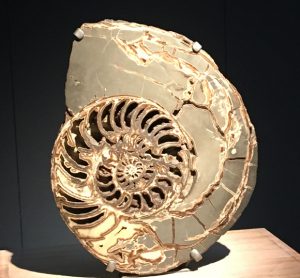
A stunning fossil of a Jurassic ammonite on display at the London Natural History Museum. Could ammonite fossils be found on the moon?
Picture credit: Everything Dinosaur
Based on the Pennsylvania University research, the following table gives an estimate of the amount of debris that reached planets and satellites in our solar system as a consequence of Earth impact events:
Earth rocks big enough to support life (bigger than three metres in size) made it to:
- Venus 26,000,000 rocks
- Mercury 730,000
- Mars 360,000
- Jupiter 83,000
- Saturn 14,000
- Io 10 (moon of Jupiter)
- Europa 6 (moon of Jupiter)
- Titan 4 (the largest moon of Saturn)
- Callisto 1 (moon of Jupiter)
Source: Worth et al (published in Astrobiology).
Visit Everything Dinosaur’s website: Visit Everything Dinosaur.


